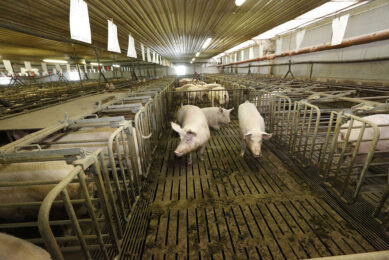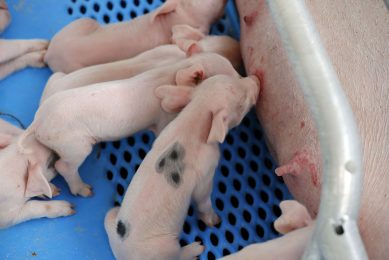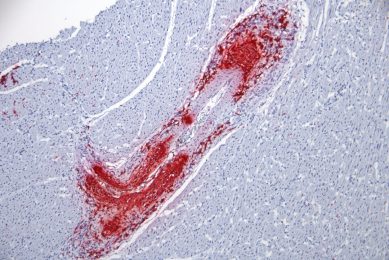Review ESPHM 2025: Pig health symposium revolving around welfare

The 2025 edition of the European Symposium for Porcine Health Management (ESPHM) took place in Bern, Switzerland, from 21-23 May, 2025. The symposium’s keynote presentations focuses on the “5 freedoms of animal welfare”, thus celebrating the 50 years’ anniversary of the concept. A refreshing choice away from hardcore veterinary contents, to connect veterinarians with ideas and thoughts from a wider welfare perspective.
ESPHM 2025
The 16th edition of the European Symposium for Porcine Health Management (ESPHM) took place in the Kursaal in Bern, Switzerland. The event attracted 1,028 participants from 49 countries. This was a significant difference with for instance the 2024 edition in Leipzig, that boasted 2,700 participants. At the time, the pig health event was co-located with the global pig health congress (IPVS). In Bern, 61 oral presentations were given, supplemented by 331 poster presentations. The 2026 edition will take place just a few hours more south, in Florence, Italy.
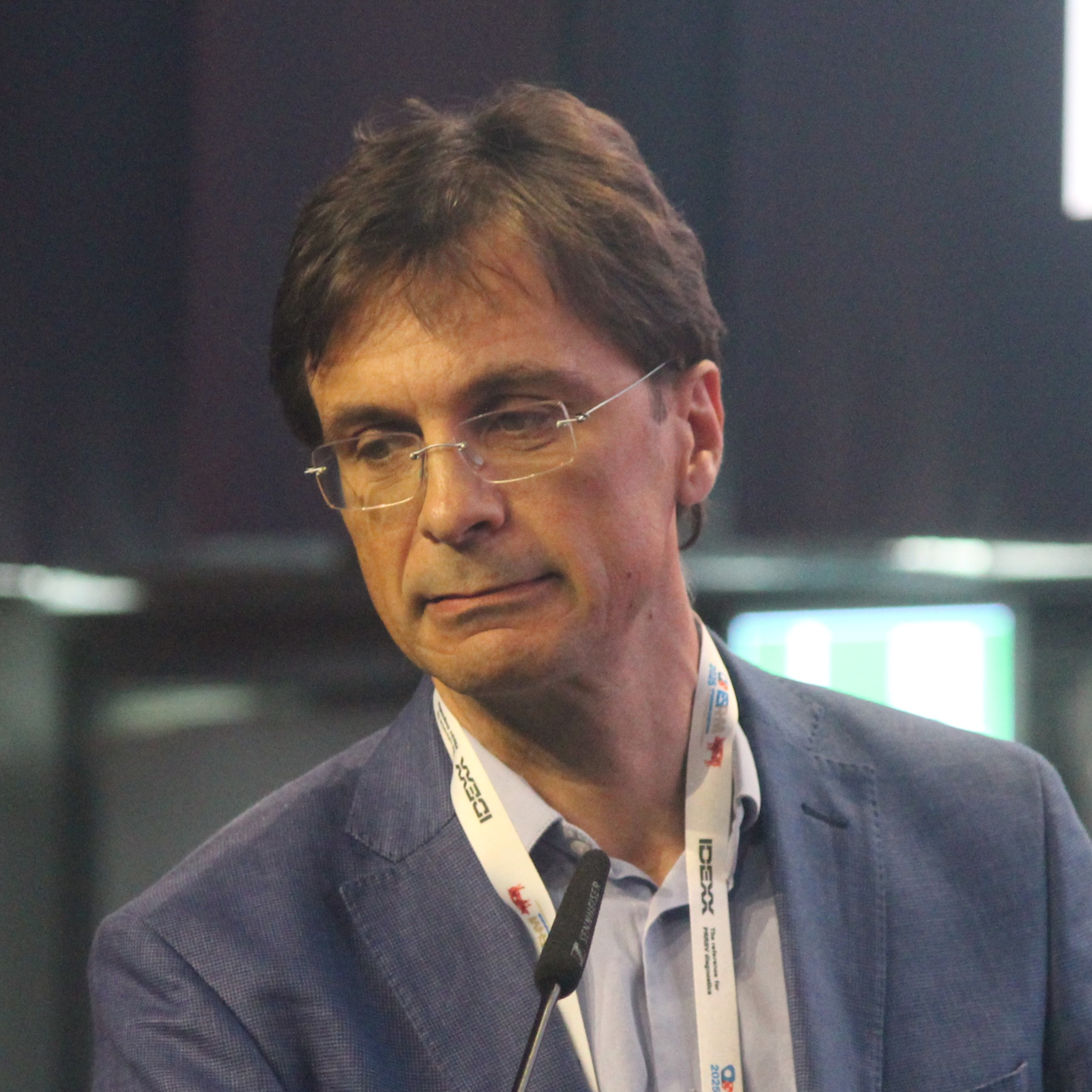 Freedom from discomfort – Prof Dr David Renaudeau
Freedom from discomfort – Prof Dr David Renaudeau
Prof Dr David Renaudeau highlighted the first of the 5 freedoms. He works for the French National Institute for Agriculture, Food and the Environment (INRAE). The main question in his presentation was which impact global warming has on pig production. One of his first comments was that “scientific evidence for warming of the climate system is now unequivocal” and human activities are the primary driver.
He followed this with a comment that Europe is warming faster than the rest of the world. From time to time he showed an infographic, pointing out that global warming will lead to higher greenhouse gas emissions, a higher average temperature and the occurrence of extreme climatic effects, like heat waves, floods and droughts.
Consequences for pig production can then be subdivided into 3 steps, he said. First of all, global warming can have an effect on feed and water resources, which can practically lead to the emergence of pests, pathogens or weeds, on feed availability and on water quantity and quality. Secondly, he also pointed animal production and health effects – for instance caused by those pests, pathogens and weeds; as well as heat stress and production efficiency. Eventually, he concluded, all will have an impact on producer’s income, because the production costs are impacted and so are revenues and meat prices.
 Freedom from discomfort – Prof Dr Irene Camerlink
Freedom from discomfort – Prof Dr Irene Camerlink
Dr Irene Camerlink is connected to the Polish Academy of Sciences where she is associate professor – and is also a regular columnist to Pig Progress. Hers was the task to delve deeper into the theme of the pigs’ perception of ambient temperatures. There is no such thing as an ideal thermal comfort zone for pigs, she said as that depends on many factors.
The key message she wanted to give all came together in a quote Dr Charles Darwin: “It is not the strongest of the species that survives, not the most intelligent that survives. It is the one that is most adaptable to change.”
And that, she said, is the case with pigs, as she noticed pigs to be able to adapt to all kinds of climatic circumstances. That can be across generations within a breeding programme, but also within a lifetime when exposed to varied environmental conditions during early life, or even on the basis of the animal’s behaviour. “Imposing variation,” she said, “may increase the pigs’ adaptive capacity.” Or – if one would reverse the argument: providing too much comfort for pigs could make the animals weak. Pigs, she said, appear to have a natural tendency to seek extremes – and that is something that could be encouraged by producers. If the animals are able to respond to their situation of discomfort, that is when adaptation occurs. Only when they are not able to respond, that is when a situation of reduced animal welfare takes place.
 Freedom from hunger/thirst – Dr Vivi Aarestrup Moustsen
Freedom from hunger/thirst – Dr Vivi Aarestrup Moustsen
The second keynote session brought together two different “freedoms,” both the freedom from hunger and thirst, as well as the freedom from pain, injury and disease. Dr Vivi Aarestrup Moustsen, chief scientist at the Danish pig research centre SEGES in Denmark – and columnist for Pig Progress – took care of the hunger and thirst part, with a keynote lecture on ensuring proper feed and water for loose housed pigs and sows in particular. Especially with regard to water, her message was that pigs ought to have sufficient amounts of water.
“You can’t eat and produce without water and water should be having a quality that you would want to drink it yourself,” she told her audience. Questions that were leading in her talk were how much water do pigs and especially lactating sows need? And can water be used as an indicator of sow condition and performance? She quoted a 2023 publication she co-authored, stating that sow water consumption these days is higher than what has been reported previously and this could be related to sows being more lean, having a greater feed intake and a higher milk production. Intake can go up to almost 30 litres/day. She also mentioned that sows that had the highest water consumption on day 2 after farrowing had a higher water consumption than other sows in the herd for the rest of the lactation period.
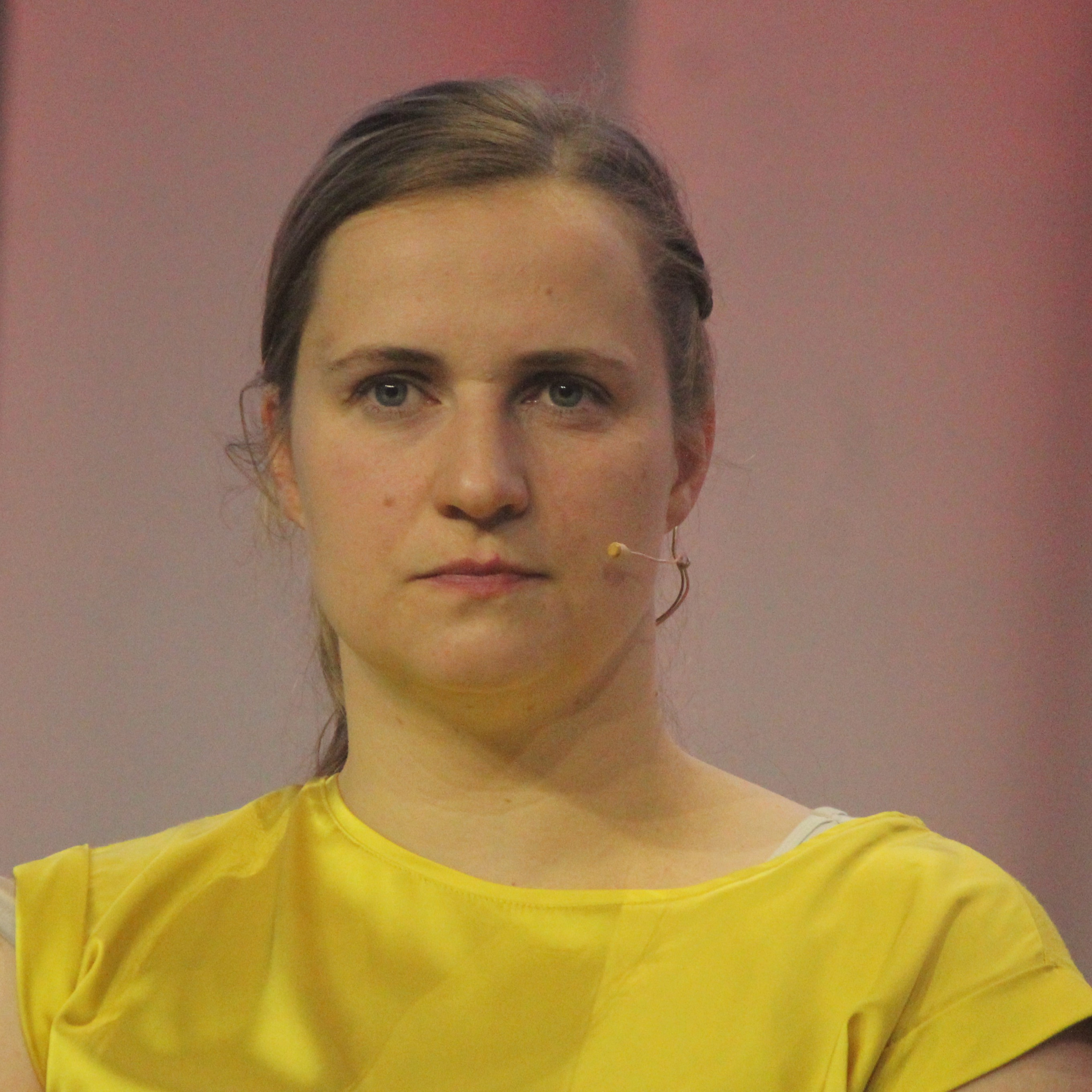 Freedom from pain – Prof Elisabeth grosse Beilage & Dr Lydia Kuhnert
Freedom from pain – Prof Elisabeth grosse Beilage & Dr Lydia Kuhnert
Prof Dr Elisabeth grosse Beilage (pictured below) of the University of Veterinary Medicine Hanover, Germany, shared the stage with Dr Lydia Kuhnert (pictured left), Leipzig University, Germany. Their focus was addressing the detection and treatment of pain in diseased pigs – and their presentation included various videos of pigs in pain to make the topic tangible for the audience. The presentation therefore started with an intriguing video of a pig which was limping with one of its hind legs. “What is wrong with this animal? And what would you do?”, they asked the audience.
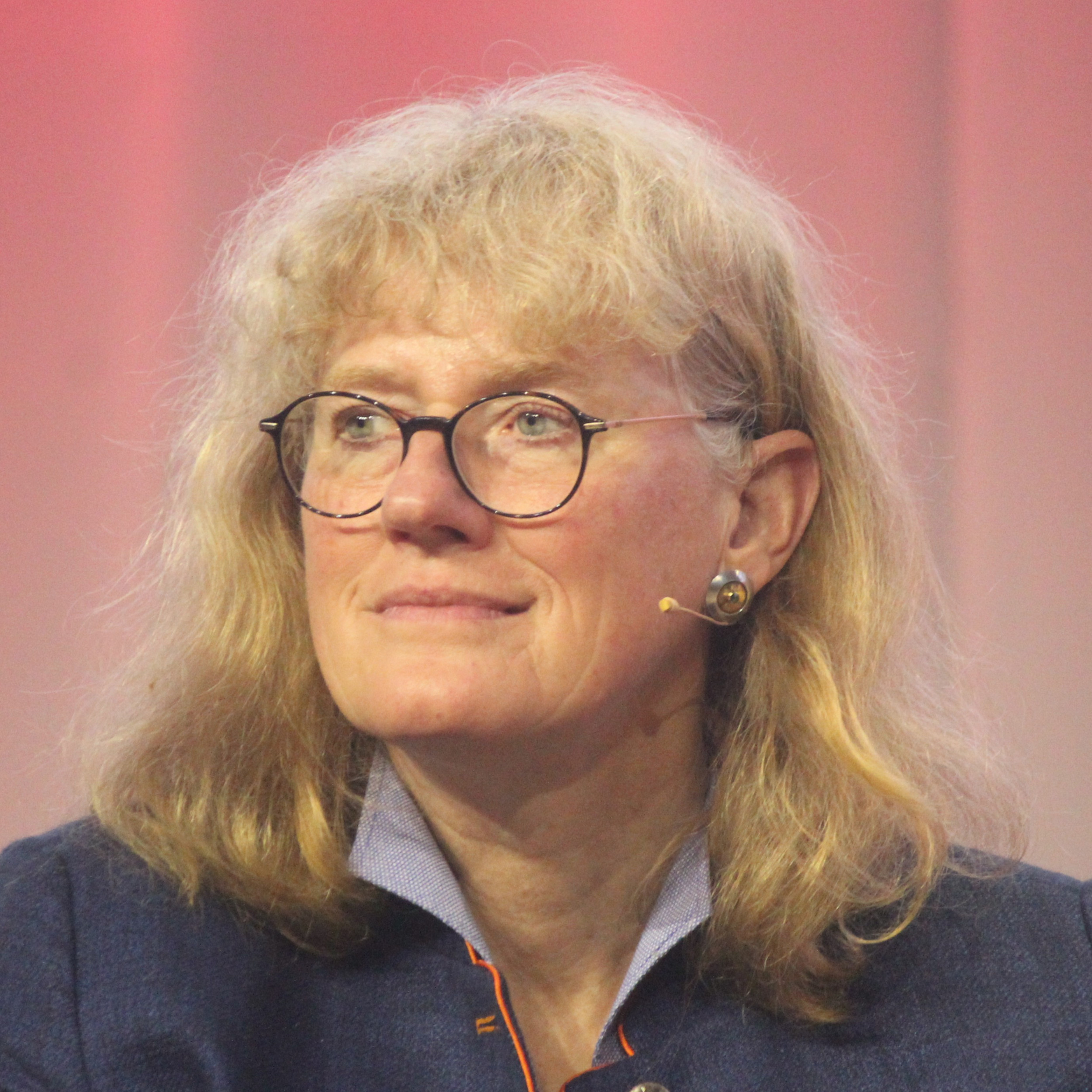 They continued to say that unlike expected suffering like castration and tail docking, unexpected spontaneously occurring pain, caused by injury or disease, are not as much on the radar of veterinarians. The 2 defined “pain” as “an unpleasant sensory and emotional experience associated with or resembling actual or potential tissue damage.” Behavioural changes, they concluded, are the most important clinical signs for acute pain. Whether or not to treat (with analgesics for instance) would depend on the question whether or not the pain is acceptable or temporary, whether there is a chance of healing, what would be the effects for later use as food – and what are the efforts and costs to do so.
They continued to say that unlike expected suffering like castration and tail docking, unexpected spontaneously occurring pain, caused by injury or disease, are not as much on the radar of veterinarians. The 2 defined “pain” as “an unpleasant sensory and emotional experience associated with or resembling actual or potential tissue damage.” Behavioural changes, they concluded, are the most important clinical signs for acute pain. Whether or not to treat (with analgesics for instance) would depend on the question whether or not the pain is acceptable or temporary, whether there is a chance of healing, what would be the effects for later use as food – and what are the efforts and costs to do so.
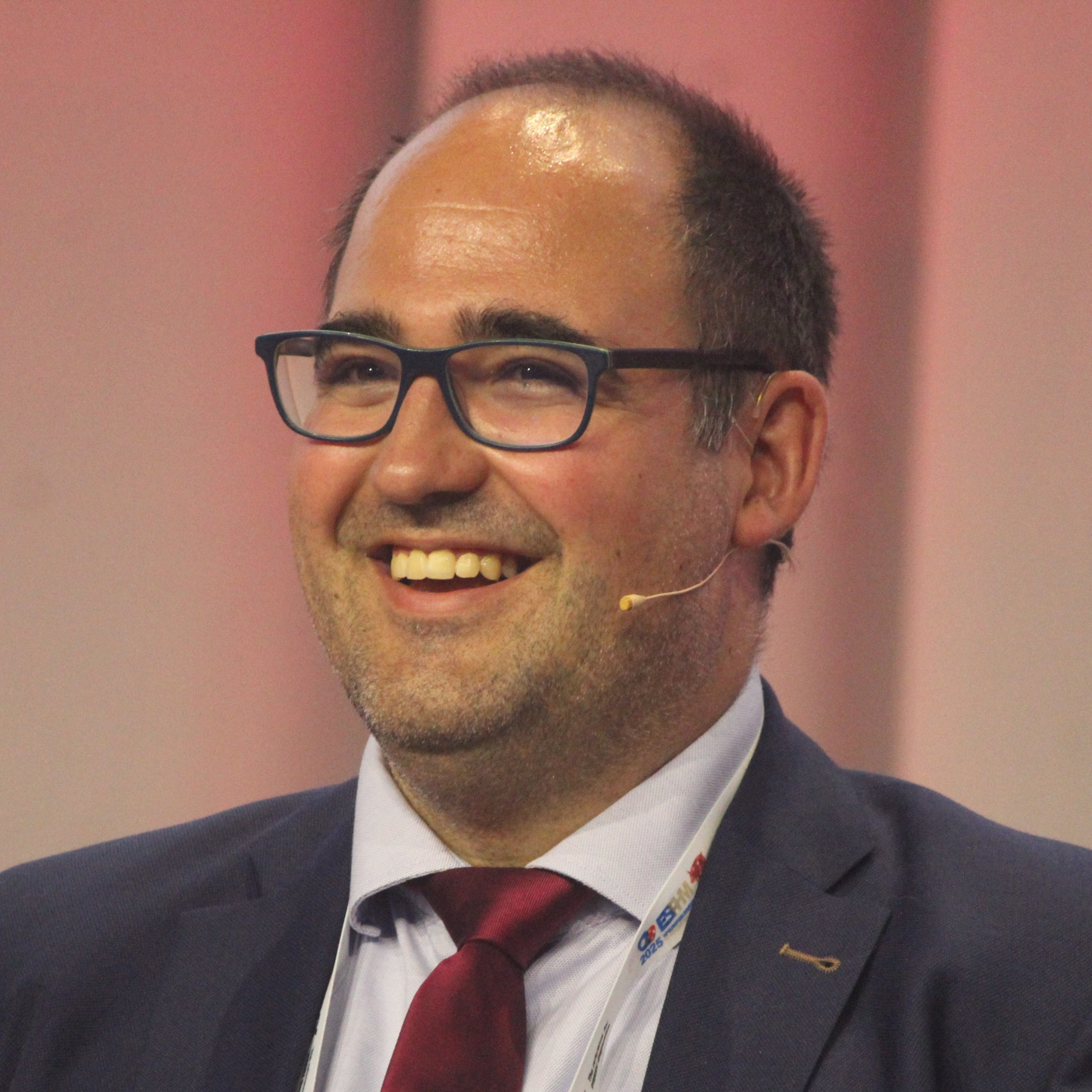 Freedom to express normal behaviour – Dr Alexander Grahofer
Freedom to express normal behaviour – Dr Alexander Grahofer
Dr Alexander Grahofer, on behalf of the Vetsuisse Faculty, part of the University of Bern, Switzerland, addressed reproductive behaviour and management of parturition in free farrowing systems. Obviously the topic is relevant as the European Union is heading towards legislation making free farrowing mandatory – something that has been in place in Switzerland for almost two decades already (just as in Sweden and Norway). Calling the shift to free farrowing “a significant advancement in improving sow welfare,” the development is essential for the freedom to express normal behaviour, Dr Grahofer said.
One reason for that is because that way the animals can display their nest-building behaviour. He quoted recent research showing that free farrowing sows significantly preferred newspaper substrate for nest-building, whereas crated sows used straw and jute fabric. Dr Grahofer did not close his eyes for potential drawbacks though. In his conclusion, he said, “While these systems provide numerous benefits, including reduced stress and potential improvements in farrowing duration and piglet vitality, challenges remain such as high incidence of dystokia and the need for effective management practices.” In that context he pointed out that hormonal regulation, the types of nesting materials provided as well as the monitoring of farrowing disorders become vital components to achieve success.
 Freedom to express normal behaviour – Prof Inger-Lise Andersen
Freedom to express normal behaviour – Prof Inger-Lise Andersen
Prof Inger-Lise Andersen, from the Norwegian University of Life Sciences, discussed the difference in behaviour between sows in free farrowing systems or conventionally housed systems. “The crate system,” she said, “inhibits maternal care and compromises sow welfare.” She added that temporary crating “appears to be another inadequate attempt to create a well-functioning system that ensures good welfare for both sows and piglets”. She reached this conclusion because the system does not significantly reduce stress biomarkers.
Therefore, she said, behavioural needs of sows an piglets must guide system design. “Technology serves as a support rather than the primary focus.” She discussed a recent development, tested both in Norway as well as in Australia: the SowComfort pen. She then compared technical results with existing farrowing pens, where the use of farrowing crates is forbidden. The key features of the SowComfort pen she said, include a separate nest area with protective walls, a comfortably mattress, floor heating and a hay rack providing hay and straw. The pen provides 7.7 m2 for the sow before farrowing. She concluded, “Maternal investment costs, such as shoulder lesions, body condition loss and reduced longevity, must be balanced against the number of piglets born and weaned.”
 Freedom from fear and distress – Prof Xavier Manteca Vilanova
Freedom from fear and distress – Prof Xavier Manteca Vilanova
First off, Prof Xavier Manteca Vilanova of the Autonomous University of Barcelona in Spain discussed the last freedom. His presentation revolved around 3 themes.
The importance of behaviour for pig health and welfare: This topic is important, he said, as behavioural changes can have a negative impact on health and performance. Behaviour, he added, can also be used as a signal for health and welfare. And thirdly, he said, some natural behaviours are a prerequisite for animal welfare.
Foraging behaviour and environmental enrichment: Pigs will spend 75% of their active time in foraging related activities such as rooting, grazing and exploring substrates with their snout. Foraging behaviour is important for welfare – it is not just a means to get food, Prof Manteca said. He referred to the concept of “contrafreeloading,” – if an animal is given the choice between free food or food that requires effort, it will normally choose the latter. This is seen with most animals, he said. Plus, foraging tends to reduce the incidence of abnormal behaviour such as tail biting.
Early experience and development of behaviour in pigs: Pigs have their own temperament, Prof Manteca said, even prenatal stress can already have consequences. Hence a positive handling of piglets during lactation reduces fear and stress response to humans and novel husbandry practices.
 Freedom from fear and distress – Prof Peter Kunzmann
Freedom from fear and distress – Prof Peter Kunzmann
Prof Peter Kunzmann, attached to Hanover’s University of Veterinary Medicine in Germany gave the presentation that took most veterinarians in the audience out of their comfort zone. He addressed ethical challenges towards good stockmanship. He said that “one of the challenges of good animal husbandry in the present is that we have gone beyond the concept of the 5 freedoms in many respects.”
Still, he looked at the 5 freedoms and asked an intriguing question: “Now suppose you have done all the issues. Making sure there is water, no stress or pain and injuries, etc. Would the result be a happy pig or a non-suffering pig? And if they do not suffer – is that enough? Or do we owe them a permanent holiday?”
He went on to discuss what would be the answer if this question would be asked to members of the public. The answers can be divided into 3 different categories, he said.
- All people want animals not to suffer.
- Many people want animals to have a better life.
- Some people want animals to feel great.
Referring to the last bullet point, he said, “Theoretically and practically, it is difficult to take such interests of animals seriously without turning the ideals of good animal husbandry into utopian ideals. The five freedoms, to prevent animals from suffering, are, from an internal point of view, however, also far too little to be able to justify the demands on the keeping of animals as sentient beings.”



